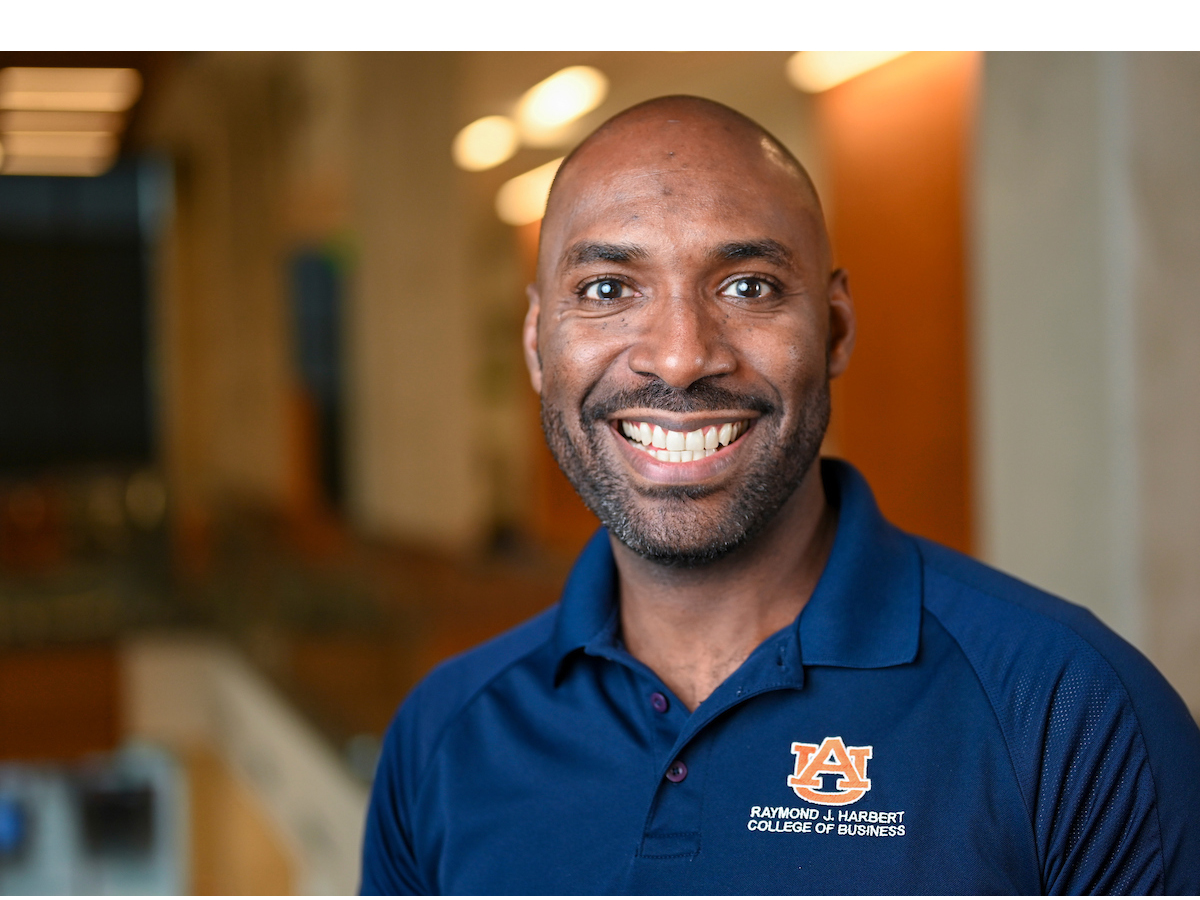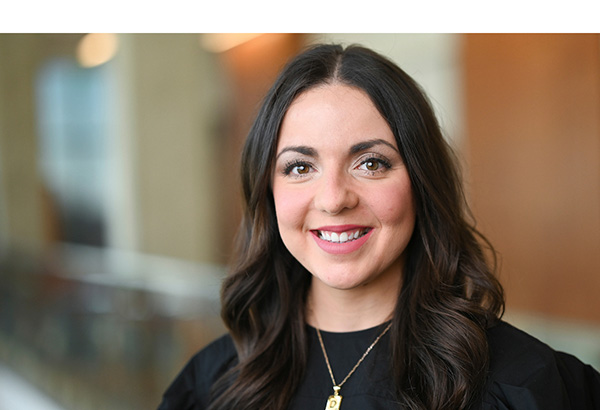Amid the global outbreak of COVID-19, Dr. Brian Connelly, professor of management
and the Luck Eminent Scholar in Auburn University’s Harbert College of Business, offers
his thoughts on social distancing.
Dr. Connelly has studied networks of people (such as groups in a workplace) and companies
(such as interconnected boards, known as the interlocking directorate). His research,
and that of his management and sociology colleagues, has uncovered insights about
diffusion (or, in the case of a virus, contagion) throughout a social network that
are informative to the predicament we all face with COVID-19.
How effective is social distancing?
Many of us have seen the pithy video circulating on social media of a string of matches.
The end match is lit and, one by one, all the matches in the row are subsequently
lit, right up until one match is removed from the string, which stops the chain reaction.
The implication, in this perilous time of COVID-19 transmission, is that social distancing
can stop the spread of the disease.
While the message of the video is correct and well meaning, it actually underestimates
the critical role of social distancing. To understand what the video gets wrong, it
is important to grasp one of the basic principles of social networks: network topology.
Specifically, when we get a close look at the map of people and connections, which
researchers call the “topology” of the network, we see that social distancing can,
potentially, have massively disruptive effects on contagion.
What makes social distancing so important to reducing contagion?
The key is in understanding how we are all connected to one another. Some might think
the topology of social networks is uniformly distributed, so that it looks like a
grid, much like the streets of Tulsa, Oklahoma. A few thoroughfares might be bigger than others, but it’s pretty much a straight
line to travel anywhere in the network to anywhere else in the network. This is the
view of the matchbook video, where social distance and connections exist in a straight
line.
Others might envision a social network as a randomly distributed hodgepodge of connections,
much like the city streets of Boston. Like a lot of social networks, the streets evolved over time, and as a result the
connections are confusing and rarely travel in a straight line. To get from one side
of the network to the other typically requires many turns in a circuitous route.
Neither of these perspectives accurately depict social networks. D.J. Watts of the
University of Pennsylvania is a pioneering researcher that describes the social networks
we form as “Small Worlds.” By this, he means that the topology of our social interactions
is not uniform, like Tulsa, or random, like Boston, but rather it is a lot of densely
connected people that are only loosely connected to one another. In other words, we
have lots of little social networks with people that are closely connected to each
other (for example, family, co-workers, the bridge club) but these social clusters
are generally not well connected to each other.
What makes Small Worlds important?
It means that social distancing can be hugely effective, if we engage in the right kind of social distancing. The key is to avoid connecting
disconnected clusters of people. Ron Burt of the University of Chicago describes what
he calls “Structural Holes,” which are big gaps between clusters of people in a social
network. Those that fill a structural hole are the most important people in the network
because they are the glue that holds the whole network together. We all have the potential
for filling a structural hole. For instance, every time we get our haircut, we bridge
the gap between our family members and those that work at the salon. See the graphic, Social Distancing: Eliminate the Structural Hole.
What does this mean for the spread of COVID-19?
It means there are things we can do to make our social distancing especially effective
in reducing contagion of the disease. Many of us are trying to isolate ourselves as
much as possible, and in the process are making decisions about those with whom we
will interact. As we do so, it is imperative to think about whether you are filling
a structural hole.
Consider this in practical terms. I am working from home, where I share living quarters
with my wife and two of my daughters. We invite my mother-in-law into our home. The
five of us form a densely connected social cluster. Imagine, now, if I meet with one
of my doctoral students. This is just one additional social connection. However, our
connection bridges a structural hole, which potentially could allow contagion to jump
from one cluster in the network to another. Meeting with a doctoral student fills
a structural hole, which is exactly what we must avoid doing.
Anything else we should know about social networks?
In fact, there is a related principle that could be very important to contagion. It
is hidden in what Stephen Borgatti of the University of Kentucky calls “Network Closeness,”
which is a term that describes the shortest path to traverse the entirety of a social
network. In other words, how many jumps does it take for anything (like a virus) to
skip all the way from one side of a network to the other? Structural holes make it
super easy to make these jumps.
This is why contagion happens so quickly, because social networks have lots of structural
holes, so things like viruses can jump quickly from cluster to cluster in the network.
On the flip side, it is also the key to reducing contagion. By eliminating any structural
hole connection, we make it difficult for the virus to jump between social clusters
and slow the speed of contagion.
Final thoughts?
In simple terms, think of it this way: Don’t just quarantine yourself, quarantine the virus. By carefully choosing our social contacts, and ensuring we are not connecting disparate
groups in our network, we isolate the virus to specific clusters. We make it difficult
for the virus to jump from one cluster to another. Small Worlds, Structural Holes,
Network Closeness … it all sounds very technical, but it boils down to this: Social
distancing can reduce contagion far more than you may even realize.

 Degrees & Programs
Degrees & Programs
 Faculty & Staff
Faculty & Staff
 Career Development
Career Development
 Recruiters & Industry
Recruiters & Industry



